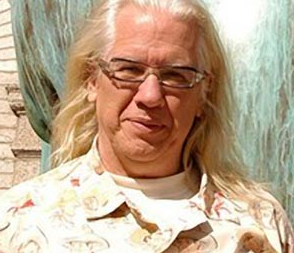In 1977, a young man named Tom Otterness adopted a shelter dog, tied him to a fence, and shot him to death. He captured the entire episode on film, ran it on a continuous video loop, and called it art. Otterness was never charged with a crime, and in fact, went on to commercial success and critical acclaim, with works in the New…

Every cat owner is familiar with the odor that’s created by a smelly litter box — it can spread across…





